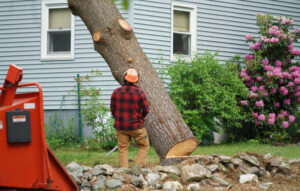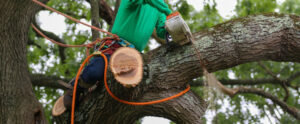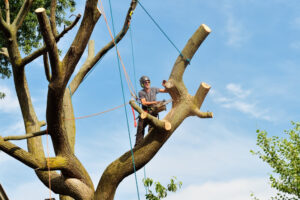Balancing Tree Preservation and Construction: A Path to Sustainable Development in Richmond, VA
Balancing tree preservation with construction in Richmond is a critical issue. As the city grows, so does the need for new infrastructure and housing. However, this often comes at the expense of our urban forest. Trees are cut down to make way for new buildings and roads, leading to a significant loss of green space. This issue is not just about losing trees ; it’s about losing the numerous benefits they provide to the environment and our well-being.
The importance of this topic cannot be overstated. Trees play a crucial role in maintaining a healthy and sustainable city. They improve air quality, reduce pollution, support biodiversity, and enhance the overall quality of life for residents. Finding a balance between development and tree preservation is essential for creating a future where both can coexist harmoniously.
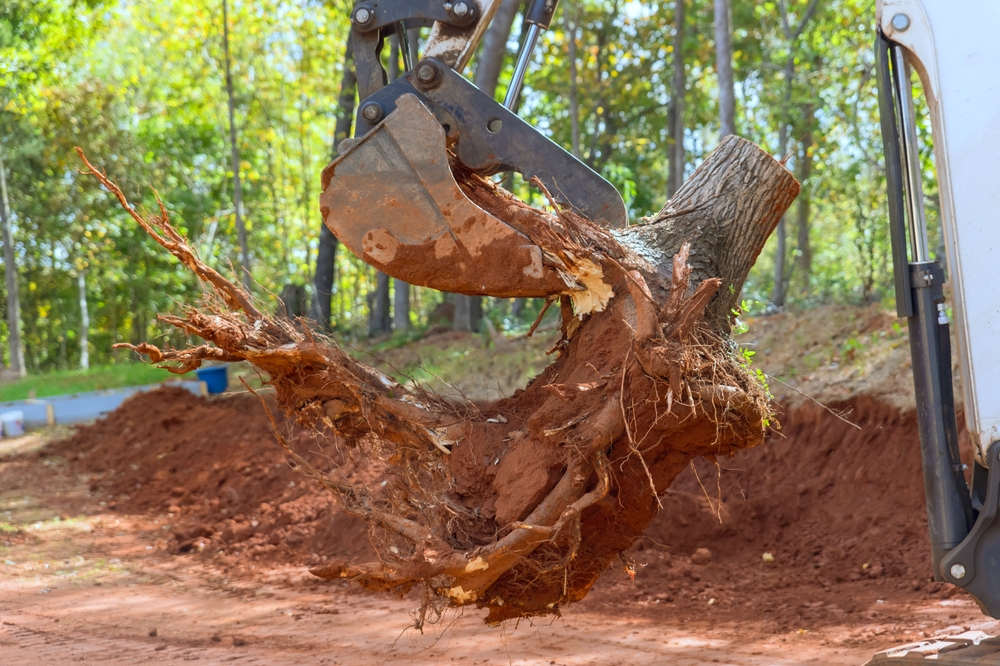
The Impact of Development on Richmond’s Trees
Statistics on the Current Situation
In Richmond, the rapid pace of development has significantly impacted the urban tree canopy. According to recent studies, the city has lost over 20% of its tree cover in the past decade. This equates to thousands of mature trees being removed to make way for new buildings, roads, and other infrastructure projects. The loss of trees is not just a visual concern; it has measurable effects on the environment and the community.
Discussing the Causes
The primary cause of tree loss in Richmond is construction and development. As the city expands, natural landscapes are being converted into urban areas. Developers often prioritize building space over preserving trees, leading to widespread deforestation. Additionally, the lack of stringent regulations on tree preservation during construction exacerbates the problem. Without clear guidelines and enforcement, trees are often seen as obstacles rather than valuable assets.
Challenges of Tree Preservation during Construction
Lack of Space and Resources
One of the main challenges in preserving trees during construction is the lack of space. Urban areas are densely populated, and available land is scarce. Developers often find it difficult to integrate existing trees into their plans without compromising the space needed for buildings and infrastructure. Furthermore, the resources required to protect and maintain trees during construction are often limited. This includes financial resources as well as expertise in tree preservation techniques.
Conflict between Developers and Conservationists
Another significant challenge is the conflict between developers and conservationists. Developers focus on maximizing the use of land to increase profitability, while conservationists emphasize the need to protect green spaces. These opposing goals often lead to conflicts, with each side struggling to find common ground. This lack of collaboration and understanding can result in the loss of valuable trees and hinder efforts to create a more sustainable urban environment.
The Importance of Trees for a Sustainable City
Benefits of Trees for the Environment
Trees offer numerous benefits that are crucial for a sustainable city. They play a vital role in regulating the climate by absorbing carbon dioxide and releasing oxygen. This helps mitigate the effects of climate change and improves air quality. Trees also reduce urban heat islands by providing shade and cooling the air through transpiration. This natural cooling effect can significantly lower temperatures in urban areas, making them more comfortable for residents.
Improving Air Quality and Reducing Pollution
Trees are essential for improving air quality and reducing pollution. They absorb pollutants such as nitrogen oxides, ammonia, sulfur dioxide, and particulate matter from the air. This not only helps clean the air but also reduces the health risks associated with air pollution. Additionally, trees trap dust, smoke, and other particles, preventing them from becoming airborne and causing respiratory issues. By enhancing air quality, trees contribute to the overall health and well-being of the community.
Maintaining Biodiversity
Maintaining biodiversity is another critical benefit of trees. Urban forests provide habitat for various species of birds, insects, and other wildlife. They create a balanced ecosystem where different species can thrive. Preserving trees helps protect these habitats and supports biodiversity, which is essential for the resilience and stability of urban environments. A diverse ecosystem is better equipped to withstand environmental changes and provide essential services to the community.
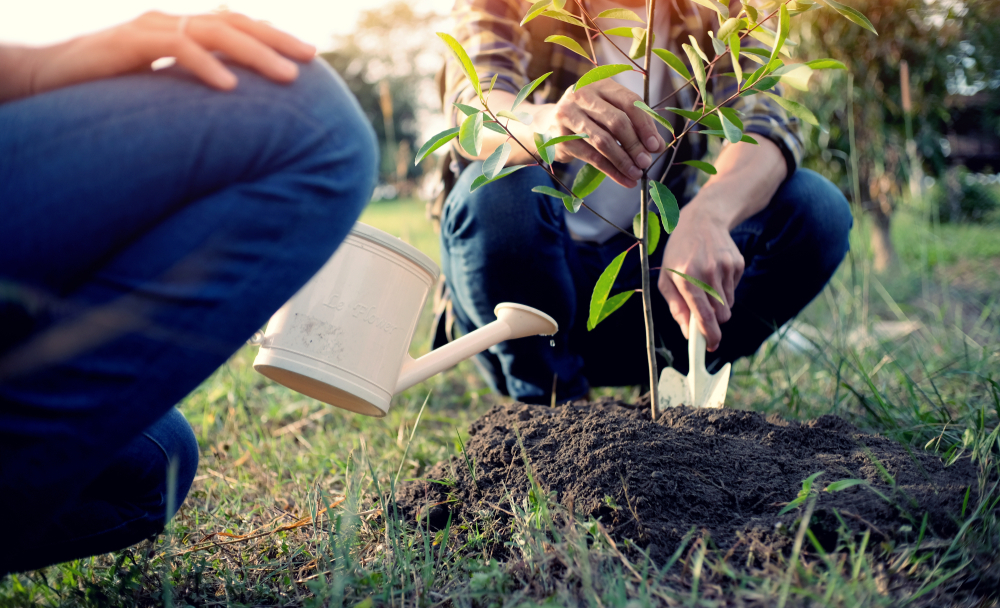
Strategies for Balancing Tree Preservation and Construction
Communication and Collaboration between Developers and Conservationists
Effective communication and collaboration between developers and conservationists are crucial for balancing tree preservation and construction. Both parties need to understand each other’s goals and work together to find mutually beneficial solutions. This can involve regular meetings, joint planning sessions, and open dialogue to address concerns and identify opportunities for cooperation. By working together, developers and conservationists can create plans that incorporate tree preservation while meeting development needs.
Incorporating Tree Preservation in the Planning Stage
Incorporating tree preservation in the planning stage is essential for successful integration. This means considering trees from the outset of any development project, rather than as an afterthought. Urban planners and developers can conduct tree surveys to identify valuable trees and design around them. This approach ensures that trees are protected and preserved throughout the construction process. It also allows for more creative and sustainable designs that enhance the urban landscape.
Using Innovative Construction Methods
Innovative construction methods can also play a significant role in tree preservation. Techniques such as modular construction, green roofs, and vertical gardens can help integrate green spaces into urban development. These methods minimize the impact on existing trees and create new opportunities for planting. Additionally, using permeable materials for pavements and roads can help protect tree roots and improve water absorption. By embracing innovative construction methods, developers can create sustainable and tree-friendly urban environments.
Success Stories in Richmond
Examples of Successful Tree Preservation during Construction
Richmond has seen several success stories where tree preservation and construction have coexisted harmoniously. For instance, the construction of the new community center in the heart of the city is a prime example. During the planning stage, developers worked closely with conservationists to identify and preserve several mature trees on the site. The result is a beautiful facility surrounded by lush greenery, providing a pleasant environment for visitors and residents alike.
Another success story is the redevelopment of an old industrial site into a mixed-use development. The project incorporated existing trees into its design, creating green spaces and parks that enhance the area’s appeal. The preserved trees not only add aesthetic value but also provide shade and improve air quality for the community.
Positive Impact on the Community
These success stories have had a positive impact on the community. Preserved trees and green spaces offer residents a place to relax, exercise, and connect with nature. They also contribute to the overall well-being of the community by improving air quality, reducing noise pollution, and providing habitat for wildlife. Moreover, these projects demonstrate that it is possible to balance development and tree preservation, inspiring other developers to follow suit.
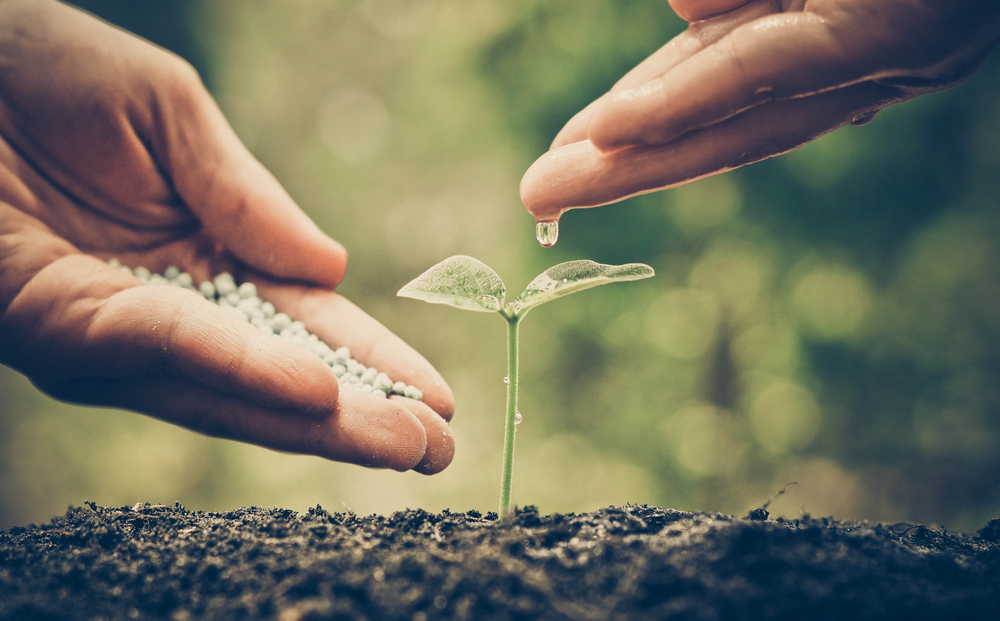
Conclusion
Recap of the Issue
Balancing tree preservation with construction is a pressing issue in Richmond. Rapid development has led to significant tree loss, impacting the environment and the community. However, by addressing the challenges and adopting effective strategies, it is possible to find a balance that benefits both development and tree preservation.
Importance of Finding a Balance between Development and Tree Preservation
Finding this balance is crucial for creating a sustainable and livable city. Trees offer numerous benefits, from improving air quality and reducing pollution to supporting biodiversity and enhancing the quality of life. By preserving trees, we can ensure that these benefits continue to be available for future generations.
Call to Action for Future Projects in Richmond
To achieve this balance, it is essential for developers, conservationists, and the community to work together. Effective communication, innovative construction methods, and a commitment to sustainability can help preserve Richmond’s urban forest while accommodating growth. Future projects should prioritize tree preservation from the planning stage and seek creative solutions to integrate green spaces into urban development.
In conclusion, Richmond’s future depends on our ability to balance development and tree preservation. By working together and embracing innovative strategies, we can create a city that thrives both economically and environmentally. Let us take action now to protect our urban forest and ensure a sustainable future for all residents.
Tree Trimming Richmond
(804) 533-3943
https://treetrimmingrichmond.com/

